Project Profile
Project Location
Kent, WAProject Lead
King County Department of Natural Resources and ParksFunder
Sound TransitBudget
$112,000King County planted 6,600 native trees, shrubs, and groundcovers to revegetate four acres of riparian habitat at the mouth of Mullen Slough and along the mainstem of the Green-Duwamish River to improve habitat for endangered salmon. Shoreline vegetation provides much needed shade to keep the river temperature cool during hot summer months. Salmon need cool water to spawn and rear and trees are the key to keeping water temperature healthy. Trees and shrubs also provide a home for insects and bugs that feed salmon. Clean and cool water with more food equals bigger, healthier fish.
In addition to habitat benefits, these shoreline trees will help improve the health of the community by cooling surrounding urban areas, reducing stormwater runoff into the river, cleaning the air, and creating a more beautiful place to recreate for nearby residents.
Learn more about revegetation efforts along the Green-Duwamish River at www.greenthegreen.org
Check out a snapshot of the project: Impact Summary – King County Mullen Slough
Every tree planting project demonstrates impacts that create a more just and sustainable future. King County focused on planting trees for improving salmon habitat and water quality.
Human Health
Urban Heat - 8
Active Living - 8
Wellness and Mental Health - 3
Social Health - 3
Social Equity
Site Selection - 4
Community Engagement in Design - 3
Community Participation - 1
Economic Equity - 3
Environment
Climate Action - 9
Water Quality and Quantity - 10
Habitat, Food and Wood Production - 3
Bioremediation - 0
The 17 United Nations Sustainable Development Goals or SDGs are a global call for action. These goals have the power to build a better future for everyone.
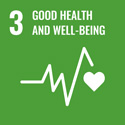
Trees planted along the Kent Valley Loop Trail System will improve air quality, provide shade, and improve well-being for nearby residents.
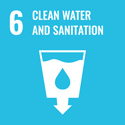
Planting conifers and shrubs will provide long-term shade and cool the water for salmon. Trees will also filter and reduce stormwater runoff into the river.
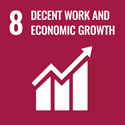
Investments in urban forests and other green infrastructure add significantly to green economic growth. King County supports local and small businesses by purchasing trees and materials nearby.
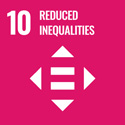
There are high environmental health disparities in the area and nearby residents will benefit from the ecosystem services provided by trees. The site is a priority for the Muckleshoot Indian Tribe. Salmon is of critical cultural importance to the Muckleshoot and other regional Tribes and reestablishing habitat is a necessary to improve viability of salmon.
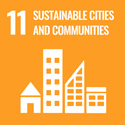
Urban forests make significant contributions to the environmental sustainability, economic viability and livability of cities. Located near high-traffic roads such as State Route 516, trees will improve air quality by screening fine particulates that are associated with higher risk of asthma and other respiratory illnesses.
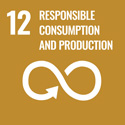
Planting trees lowers summer ambient temperatures and reduces electricity use and cost needed to cool nearby buildings.
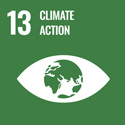
The project will deliver local climate action through cleaning the air, cooling surrounding areas, providing shade to keep water temperatures healthy, and reducing stormwater runoff.
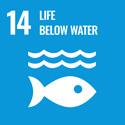
Restoring the site with native trees and shrubs will provide long-term shade and a healthy riparian forest ecosystem.
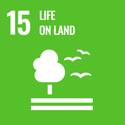
The project site will create new forest and connect to existing forested areas along the Green River. The site is downstream of the City of Kent’s Downey Farmstead Restoration Project and will create a continuous forested riparian buffer and wildlife corridor.
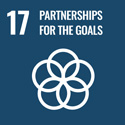
This project is part of a large revegetation effort along the Green-Duwamish River called Green the Green. The City of Kent’s new Urban Forest Management Plan identified this site as a high priority.
